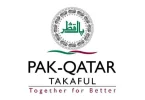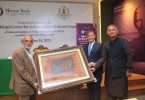The World Bank has outlined targeted strategies for cement, steel, fertiliser, textile, and paper & pulp sectors of Pakistan to reduce energy costs and emissions.
In its report ‘Pakistan Energy Efficiency: Industrial Energy Efficiency and Decarbonisation (EE&D)’, the bank highlights that despite some progress, widespread adoption of these technologies remains limited due to policy, financial, and informational barriers.
Textile Sector
Dyeing and finishing processes are the most energy-intensive, with potential savings of 50–60 percent in energy use and up to 13 percent in emissions reduction through energy conservation, process improvement, electrification, and circularity.
Read More: Pakistan Allows Chinese Firms Operating in Gwadar to Retain 50% Export Earnings
Cement Sector
Some plants have adopted waste heat recovery and alternative fuels. However, further reductions of 6–20 percent in energy use and 3–35 percent in emissions are possible with broader implementation of existing and emerging technologies.
Fertiliser Sector
Heavy dependence on subsidised natural gas discourages energy-efficient investments. The report notes that low fixed gas pricing is a key disincentive for change in this sector.
Steel Sector
All production uses electric induction furnaces, which are relatively efficient. However, emissions could be reduced by 5–12 percent and energy use by 8–10 percent with further investment.
Paper & Pulp Sector
With a 7.2 percent annual growth rate over the past five years, the sector has seen some efficiency gains, but the report suggests there is scope for additional improvements using new technologies.






